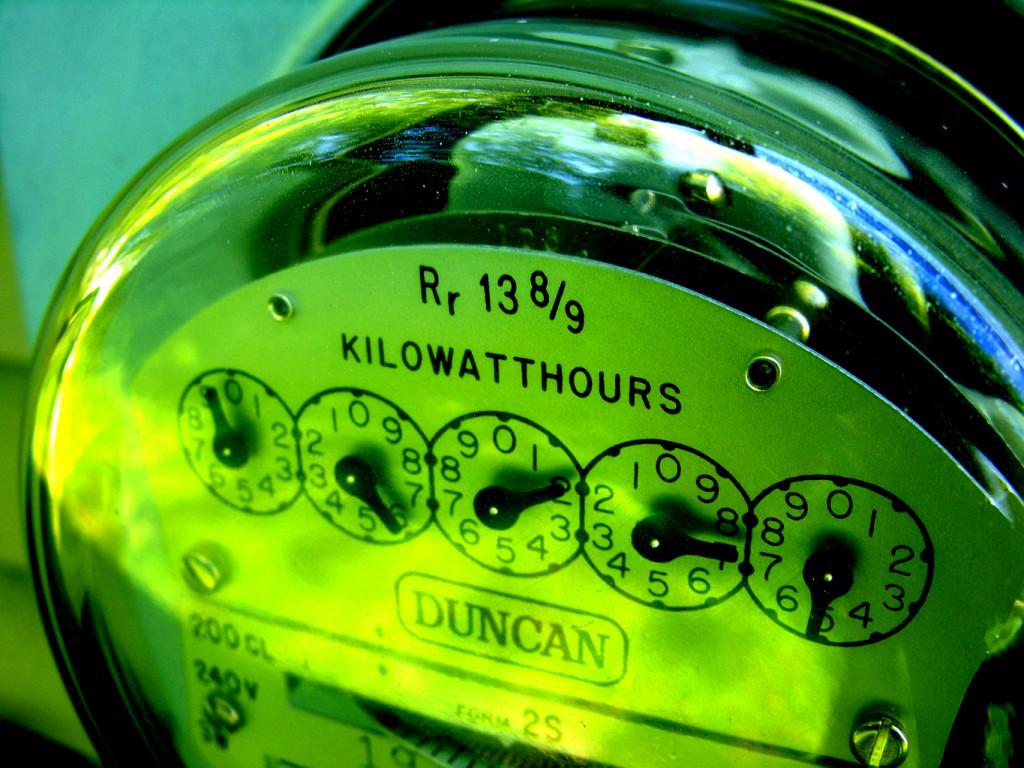Replace older existing lighting with new LED lamps or LED light fixtures.
This will reduce electrical kw-hour Usage and the facility’s maximum Demand.

In the previous issue of The WIRE, we provided some helpful tips on how to read and understand your facility’s electric bill. Our objective was to make you knowledgeable about your monthly bill in an effort to address those key components that you have control over (like Usage).
In this issue, we’ll show you how to save money via 10 helpful tips that consider everything from dimming the lights, to making your computers “go to sleep,” to taking advantage of “daylight harvesting.” When you add up all of these tips, you’ll see how your electric bill can potentially go down!
“100 WAYS TO IMPROVE YOUR ELECTRIC USE AT HOME”
A special thanks to U.S. Congressman Dave Joyce for assisting with this article and providing this information!
Click on the image below to download your copy!
This will reduce electrical kw-hour Usage and the facility’s maximum Demand.
Today it’s possible to significantly reduce warehouse, office, or corridor lighting load through the use of sensors on individual light fixtures or to control general areas.
Dimming of lighting when full brightness isn’t needed will also reduce power consumption.
Stairwells lights in public buildings must remain ON at all times. However, they can operate at 25% illumination when no motion or occupancy is detected, and then jump up to 100% illumination when people are detected via occupancy sensors.
Daylight harvesting is achieved through the use of outside light sensing coupled with dimming. In this way lighting near windows can be reduced when outside light is contributing to the room light level, while lights further into the interior of the space may operate at full illumination.
Adjust settings on computers to go to sleep or power-save after 15 minutes of non-activity.
Demand is the maximum amount of power drawn in a 15-minute period. A facility’s load factor is a ratio of kW-hours / Demand. Utility suppliers consider a facility’s load factor when determining the best $ / kW-hr rate that can be offered. Lowering Demand can be achieved in several ways, including LED lighting retrofit, improved insulation, variable frequency drives for mechanical equipment, or re-arranging loads so that they occur at night instead of adding to the load during daytime, peak hours.
Utilize reduced electrical load to negotiate improved kW-hour rate on the energy supplier portion of your electrical bill. Harrington can assist with this.
Balancing loads on three-phase services will help maintain balanced voltage for the facility. Balanced three-phase voltage will result in more efficient performance of three-phase mechanical equipment, therefore utilizing less power.
Replace older mechanical equipment – air-conditioning systems, furnaces, and boilers – with modern efficient equipment that are capable of modulating output according to the actual load conditions. Utilizing Variable Frequency Drives is another way of matching performance with the actual load conditions and thereby improving the energy efficiency of the systems.

 Reaching New Heights In Customer Service
Reaching New Heights In Customer Service 